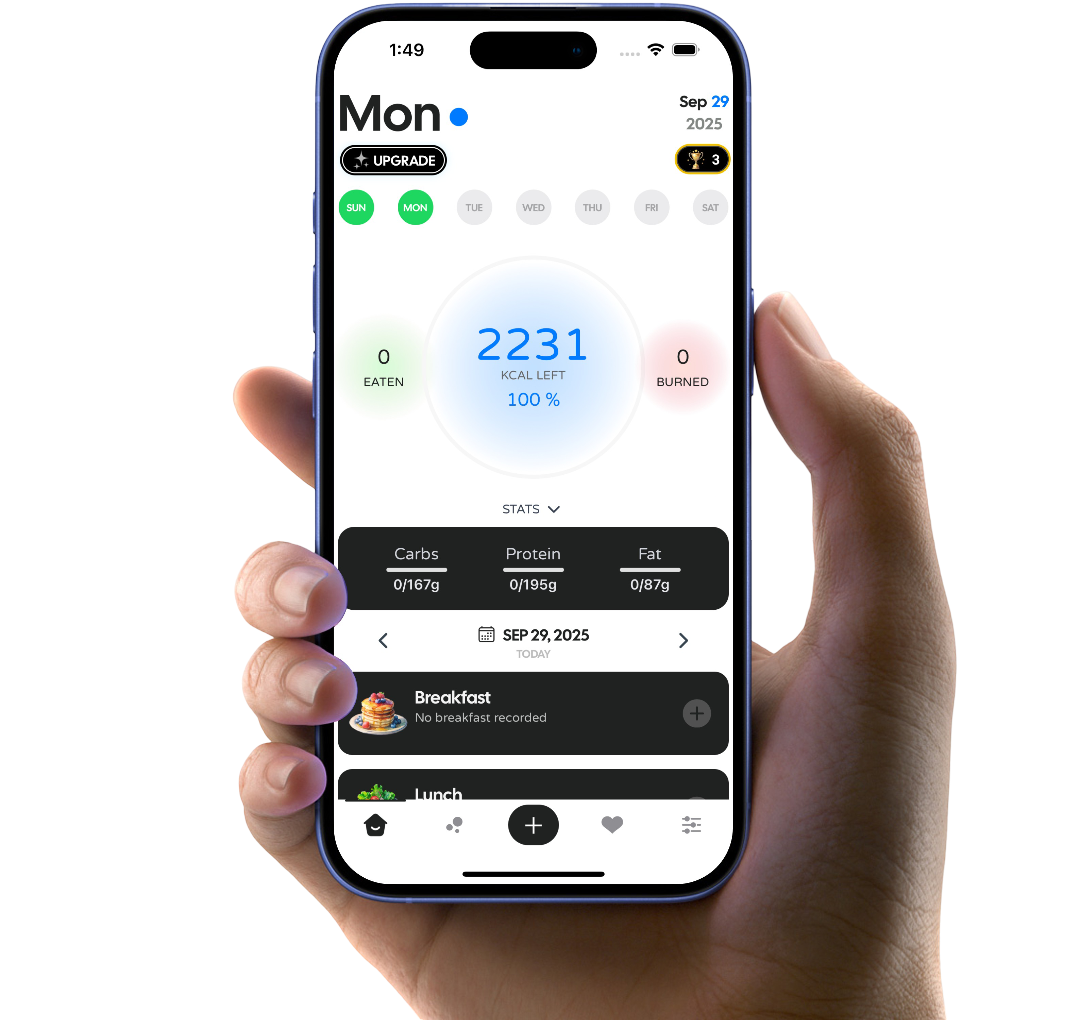Discovering Your Body Shape: A Guide to Health and Confidence
Each individual possesses a unique genetic blueprint that influences their body shape and how fat is distributed. While discussions about body shapes can sometimes carry superficial undertones, understanding your body type is crucial for making informed decisions about diet, exercise, and overall well-being. Additionally, recognizing your body shape can help you find clothing styles that make you feel confident and comfortable.
Why Does Body Shape Matter?
Identifying your body shape involves analyzing key physical measurements, such as the waist-to-hip ratio. Alongside BMI, these metrics can provide insights into potential health risks. If you're calculating body surface area to assess metabolic mass, consider using our specialized body surface area calculator instead.
How to Measure Your Body Type
To determine your body shape, you'll need to take four primary measurements using a soft measuring tape. Ensure the tape remains parallel to the floor for accuracy.
- Shoulders: Measure around your shoulders, starting at one tip and circling back to the other. Keep the tape snug but not tight.
- Bust: Measure at the fullest part of your bust, ensuring the tape isn't too constricting and allows for easy breathing.
- Waist: Measure at the narrowest point above your navel.
- Hips: Stand upright and measure around the widest part of your hips, viewed from the side.
Exploring the Five Main Body Shapes
Most people fall into one of five body shape categories. These classifications are not rigid but serve as a guide to understanding your body's design.
- Inverted Triangle: Characterized by broad shoulders or a fuller chest with narrower hips. Strength training for the upper body and a nutrient-rich diet can support maintaining a balanced physique.
- Rectangle: Also known as the "ruler" shape, this type features proportional weight distribution, though some may carry extra weight around the abdomen. Weight-bearing exercises are recommended to strengthen bones.
- Round/Apple: Defined by a waist measurement larger than the hips and bust, this shape is linked to higher abdominal fat. Regular physical activity and a wholesome diet are essential for reducing health risks.
- Triangle/Pear: Individuals with this shape carry more weight in the hips and thighs. Fat stored in these areas is associated with a lower risk of cardiovascular issues compared to belly fat.
- Hourglass: This balanced shape features a well-defined waist. However, maintaining a healthy BMI is still important to minimize health risks.
What Your Body Shape Says About Your Health
Your body type can reveal how fat is distributed and its potential impact on your health. For instance, excess abdominal fat, or visceral fat, is linked to increased cardiovascular risks. Understanding your body type empowers you to create a personalized plan for optimal health and fitness. Remember, no body shape is inherently better than another—what matters most is maintaining a healthy weight and reducing risks like obesity, diabetes, and heart disease. Consult your healthcare provider for guidance on achieving a balanced lifestyle.






